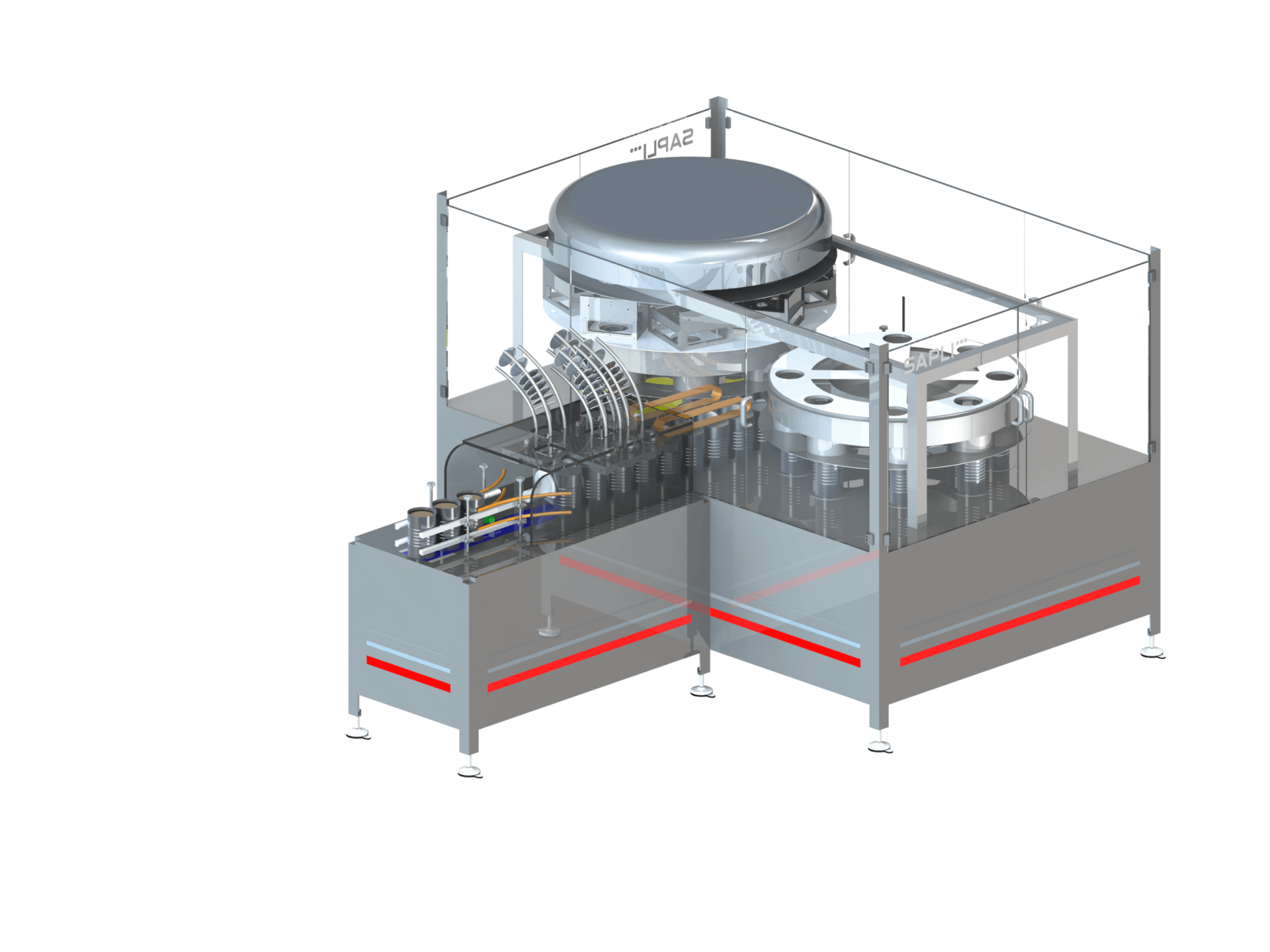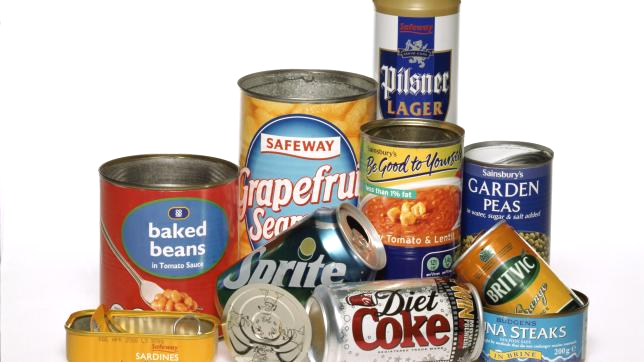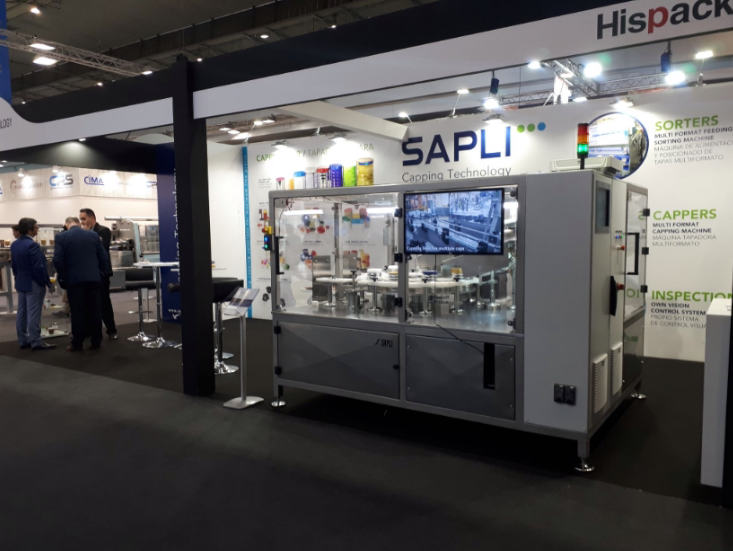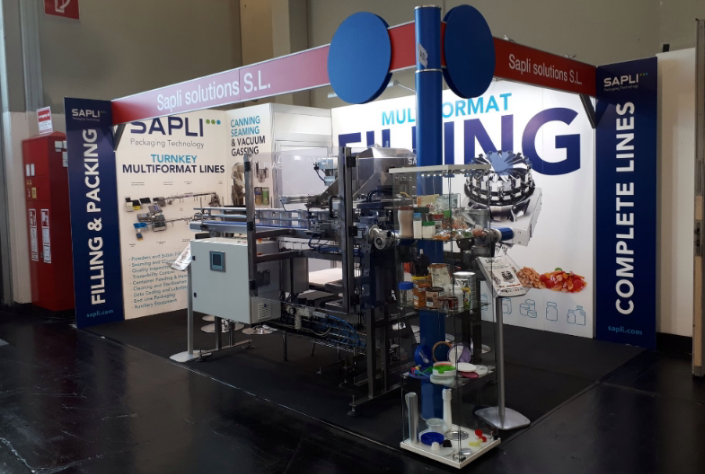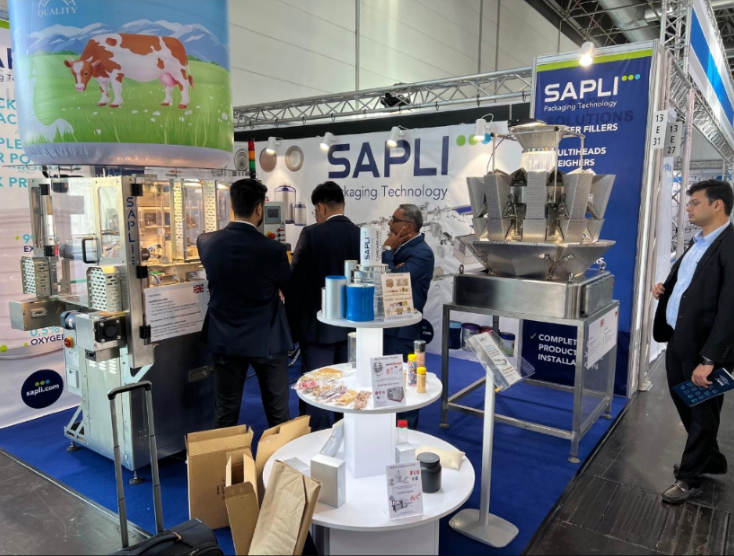DETERIORATIVE REACTIONS AND INDICES OF FAILURE: CAKING
DETERIORATIVE REACTIONS AND INDICES OF FAILURE: CAKING
Several properties of powders with amorphous lactose can be related to its glass transition temperatura. These include surface stickiness and caking, time-dependent lactose crystallization and release of encapsulated lipids, and increasing rates of nonenzymic browning and lipid oxidation.
When an amorphous component is given suitable conditions of temperature and water content, powder can mobilize as a high-viscosity flow, which can make it sticky and lead to caking. The changes in mechanical properties and diffusion are responsible for stickiness, caking, and lactose crystallization. Caking is a deleterious phenomenon by which a low-moisture, free-flowing powder is first transformed into lumps, then into an agglomerated solid, and ultimately into a sticky material, resulting in loss of functionality and lowered quality. Amorphous lactose is generally present in high-fat powders and can contribute to flowability problems. However, these problems also arise under conditions [water activity and powder temperature] where the amorphous lactose is stable. This indicates that milk fat also contributes to caking. The changes in the reaction rates are more complex and are affected by other factors, including
pH, heterogeneities in water distribution, and miscibility of proteins and carbohydrates.















